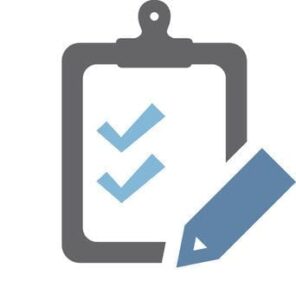Paravision is celebrating its strong performance in the NIST’s most recent Face Recognition Vendor Test (FRVT). The 1:N test evaluated the ability of different facial recognition algorithms to match a newly captured image to one in an existing database.

In that regard, Paravision proved to be the most accurate solution in the world in the Visa/Border test, with a 0.3 percent False Positive Identification Rate and an even better False Negative Identification Rate of only 0.22 percent. Paravision’s overall error rate was 18 percent lower than that of its closest competitor.
Paravision also took the top spot in the self-service immigration kiosk category. Both the Visa/Border test and the self-service kiosk test ask algorithms to match faces in challenging scenarios. For example, the Visa/Border test captures faces at odd angles in high-throughput areas (like airports) with poor spatial resolution and contrast, while the kiosks often capture faces from above and generate images that may be poorly cropped if the person using the kiosk is either very short or very tall. In both cases, those new images are compared to high-quality originals like those on passports and driver’s licenses.
The two tests were performed with a dataset of 1,600,000 images. Paravision was the only US vendor in the NIST’s top ten, and dropped its error rate by 70 percent in the last year alone. The algorithm submitted for the test is Paravision’s 5th generation facial recognition solution, which will be available commercially sometime in the spring of 2022.
“Paravision is now independently recognized as the most accurate face recognition platform in the world and the only U.S. company in the top ten,” said Paravision CEO Doug Aley. “Given the scale of legacy providers and the massive funding and resources going specifically to Chinese AI firms, the ranking is a huge testament to our approach.”
The enhanced Paravsion algorithm will offer better support for mobile devices and edge facial recognition applications. The company’s top overall score improves on its 2021 performance, when it was only the top-ranked Western facial recognition developer in the 1:N evaluation.
–
January 25, 2022 – by Eric Weiss





Follow Us